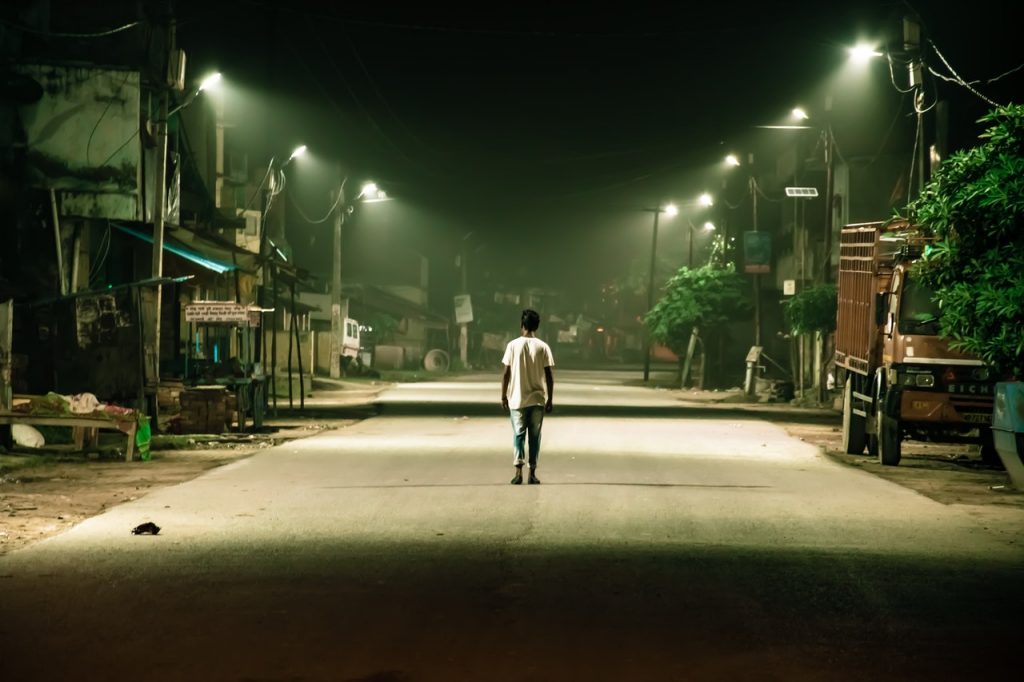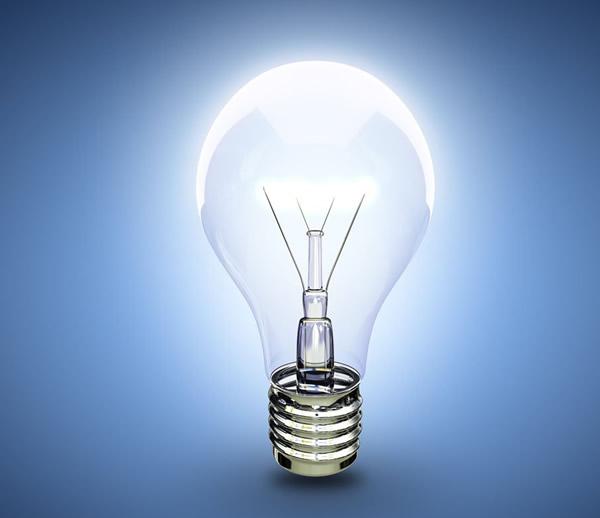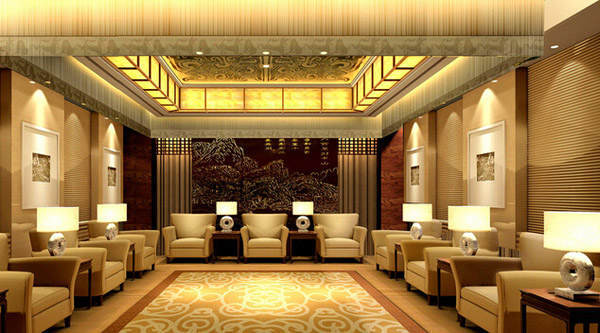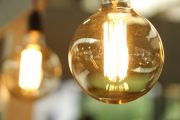At present, the world’s lighting power consumption has accounted for 10% – 12% of the total power consumption. According to the “green lighting project” proposed by the international energy conference, lighting power saving has become an important aspect of energy saving. Power saving is to promote efficient and energy-saving lighting appliances, improve power utilization and reduce power consumption on the premise of ensuring illuminance.
1. Select Electric Light Source Scientifically
Scientific selection of electric light source is the primary problem of lighting power saving. At present, the luminous efficiency, service life and color rendering performance of electro-optic sources produced all over the world are constantly improving, and energy-saving electric light sources are emerging.
The principle of electric light source can be divided into two categories. One is thermal radiation electric light source, such as incandescent lamp, tungsten halogen lamp, etc. The other is gas discharge light source, such as mercury lamp, sodium lamp, nitrogen lamp, metal halide lamp, etc. The luminous efficiency of various electric light sources is quite different, and the gas discharge light source is much higher than the thermal radiation light source. Generally, the gas discharge light source can be gradually used to replace the thermal radiation electric light source, and the gas discharge light source with high light efficiency can be selected as far as possible.
high-pressure sodium Light
The lighting effect of high-pressure sodium lamp is 8-10 times that of incandescent lamp. Long service life, stable characteristics and high luminous flux maintenance rate. It is suitable for lighting in roads, squares, docks and indoor tall factories and warehouses with low color rendering requirements.
Metal halide Light
Metal halide lamp has the characteristics of high luminous efficiency, good color rendering and high power. It is suitable for large-area lighting places such as theater and general assembly workshop.
Fluorescent & Incandescent Light
Fluorescent lamps save 70% more electricity than incandescent lamps. They are suitable for indoor lighting in offices, dormitories and workshops with ceiling height less than 5m. The luminous efficiency of compact fluorescent lamp is 5% higher than that of ordinary fluorescent lamp. Thin tube fluorescent lamps save 10% power than ordinary fluorescent lamps. Therefore, compact and thin tube fluorescent lamps are high-efficiency and energy-saving electric light sources launched in the implementation scheme of today’s “green lighting project”.
Incandescent lamps can be used under the conditions of frequent switching, small area and low lighting requirements. The luminous flux of double helix filament incandescent lamp is 10% higher than that of single helix filament incandescent lamp. It can be selected preferentially according to needs.
2. Reasonable Selection of Lighting Fixtures
The main function of fixtures is to reasonably distribute the luminous flux radiated by the light source, meet the light distribution requirements of the environment and operation, and do not produce glare and serious light curtain reflection. When selecting lamps, in addition to the requirements of ambient light distribution and limiting glare, the efficiency of lamps shall also be considered and high luminous efficiency lamps shall be selected.
Among all kinds of lamps, fluorescent lamps are mainly used for indoor lighting, mercury lamps and sodium lamps are used for outdoor lighting, and they can also be installed together for mixed lighting. This has the advantages of high light efficiency, low power consumption, realistic light color, coordination and visual comfort.
3. Select Illuminance and Lighting Mode Reasonably
Choosing illuminance is an important problem in lighting design. If the illumination is too low, it will damage the vision of the staff and affect the product quality and production efficiency. Unreasonable high illumination will waste electricity. The selected illuminance must be appropriate to the visual work carried out. For factory lighting, the illuminance and necessary lighting quality can be selected according to the internationally accepted tj31-79 lighting design standard for industrial enterprises, and the total efficiency of the lighting system can be comprehensively considered.
Under the condition of meeting the standard illumination, in order to save power, three modes of general lighting, local lighting and mixed lighting should be properly selected. When one light source cannot meet the requirements of color rendering, the method of mixed lighting of more than two light sources can be adopted. This not only improves the light efficiency, but also improves the color rendering.
In addition, make full use of natural light. Correct selection of natural lighting can also improve the working environment, make people feel comfortable and conducive to health. Making full use of the reflectivity of indoor light receiving surface can also effectively improve the utilization rate of light. For example, the reflection coefficient of white wall can reach 70-80%, which can also save electricity.
4. Strengthen the management of lighting power
Strengthening the management of lighting power consumption is an important aspect of lighting power saving. Lighting power saving management mainly focuses on power saving publicity and education and the establishment and implementation of lighting power saving system. Make people form the habit of turning off the lights at will. Electricity meters shall be installed by households and hourly charges shall be implemented. Power quantifiers shall be installed in collective dormitories to limit power consumption. These can effectively reduce lighting power consumption.
When the bulb is dirty, its luminous flux may fall below 50% of the normal luminous flux. When bulbs, fixtures, glass and walls are not clean, their reflectivity and transmittance will be greatly reduced. In order to ensure the luminous effect of the bulb, the factory shall regularly clean the bulb, fixtures and walls according to the lighting environment.
5. Other lighting power saving measures
The loss of lighting circuit accounts for about 4% of the input electric energy. The main factors affecting the loss of lighting line are power supply mode and conductor cross-sectional area. Most lighting voltages are 100V ~ 220V. The lighting system can be powered by single-phase two-wire, two-phase three wire and three-phase four wire. The line loss of three-phase four wire power supply is much smaller than that of other power supply modes. Therefore, the lighting system shall adopt three-phase four wire power supply as far as possible.








